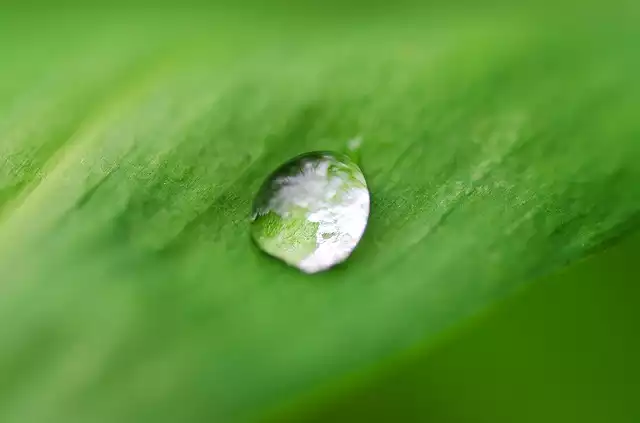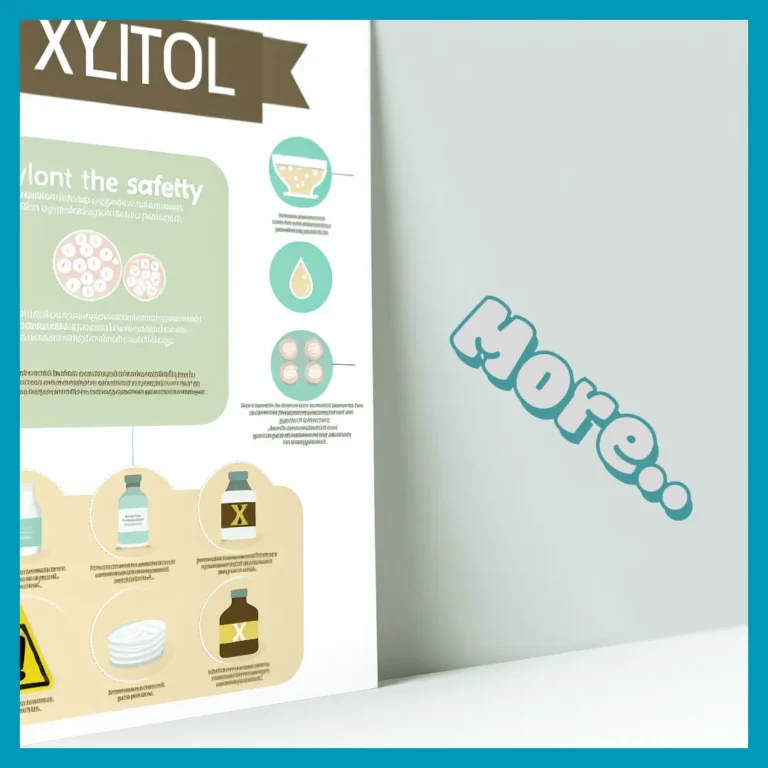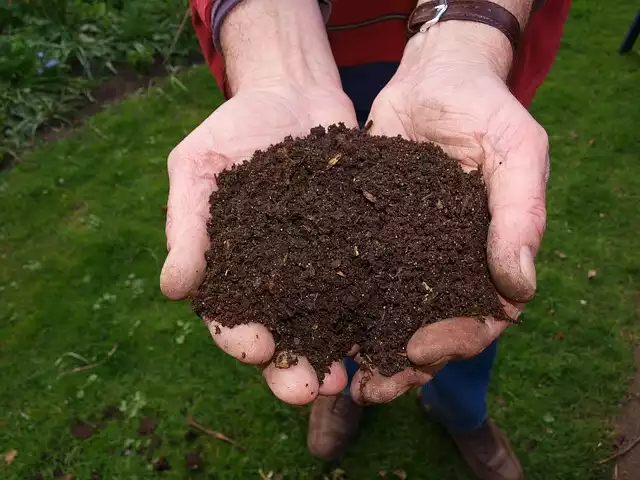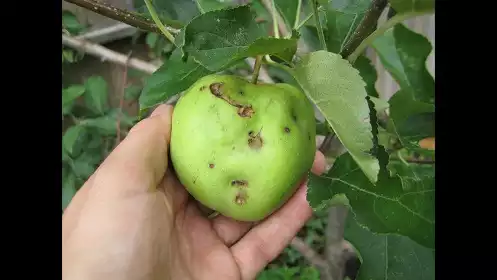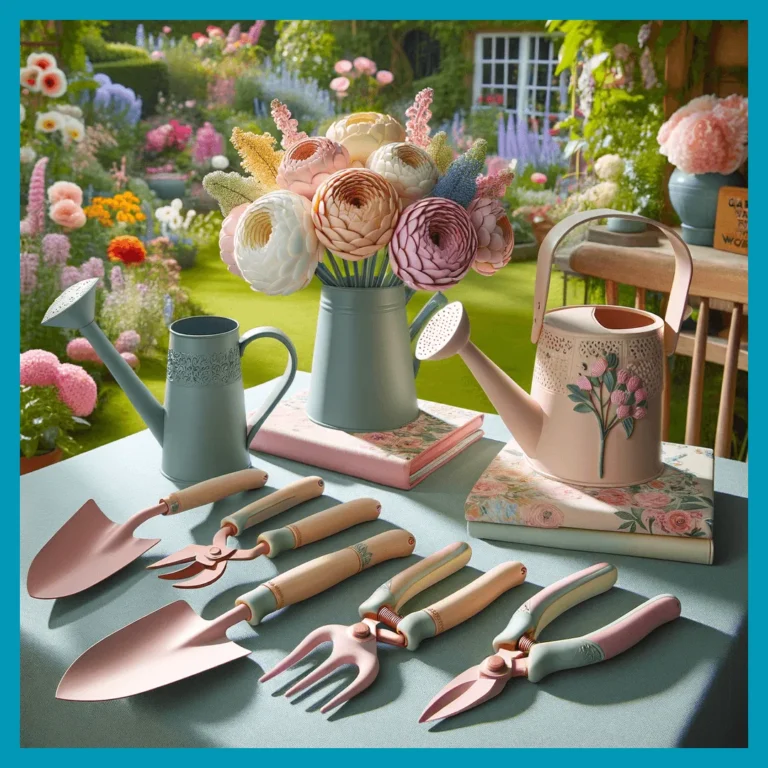Getting the Most Out Of Your Garden
In the heart of every seed lies a promise, and in every garden, an untapped reservoir of potential.
This notion isn’t just poetry; it’s a practical reality waiting to be unlocked by those willing to delve deeper into the earth’s rich narrative.
Getting the Most Out Of Your Garden is more than a guiding principle; it’s a journey through time, space, and ecology that transforms an ordinary patch of land into a thriving ecosystem.
As you embark on this adventure, remember that each plant tells its own story, contributing to an intricate web of life that extends far beyond what meets the eye.
To truly harness the full spectrum of your garden’s capabilities requires not just diligence but also an understanding of the delicate balance within nature itself.
It involves recognizing that your role is not merely as caretaker but as collaborator with the soil beneath your feet and the seeds in your hands.
This article will unravel how adopting innovative techniques can elevate your gardening game, turning even the most modest plots into bountiful havens.
Whether you’re looking to optimize space, enhance productivity or foster biodiversity, preparing to get acquainted with strategies that will not only enrich your garden but also deepen your connection with nature’s intricate tapestry.
Gardening has long been a cherished hobby for many, providing a sense of fulfillment and a connection to nature.
Beyond its aesthetic appeal, gardening also has numerous physical, mental, and emotional benefits.
From providing fresh, organic produce to improving overall well-being, having a garden can greatly enrich one’s life.
However, creating and maintaining a successful garden requires more than just planting a few seeds and watering them occasionally.
To truly get the most out of your garden, it is crucial to have a solid understanding of gardening principles and techniques.
In this article, we will explore various strategies and tips to help you maximize your garden’s potential, whether you are a novice gardener or a seasoned pro.
From choosing the right plants for your space to implementing sustainable practices, we will cover all aspects of gardening to help you create a thriving and bountiful garden.
So, grab your gardening tools and let’s dig in to discover how you can get the most out of your garden.
Table of Contents Getting the Most Out Of Your Garden
Maximize yield with proper planning
One of the key factors in achieving a bountiful harvest from your garden is maximizing your yield through proper planning.
By carefully considering factors such as crop rotation, companion planting, and succession planting, you can optimize the use of space and ensure a continuous supply of fresh produce throughout the growing season.
Additionally, taking into account the specific needs of each plant, such as sunlight requirements, soil conditions, and watering schedules, will help you create an ideal environment for optimal growth and productivity.
Investing time and effort in thoughtful planning will ultimately lead to a more efficient and fruitful garden, rewarding you with an abundance of healthy and delicious crops.
Choose the right plants for success
To achieve success in your garden, it is crucial to choose the right plants that are well-suited to your specific growing conditions.
Consider factors such as your local climate, soil type, and available sunlight when selecting plants for your garden.
Some plants thrive in full sun, while others prefer partial shade.
Similarly, certain plants require well-drained soil, while others can tolerate heavier clay soils.
By carefully researching and selecting plants that are compatible with your garden’s unique environment, you can ensure that they have the best chance of flourishing and producing a bountiful harvest.
Remember, choosing the right plants is the first step towards a successful and productive garden.
Utilize companion planting techniques
In order to optimize the productivity and health of your garden, incorporating companion planting techniques can be highly beneficial.
Companion planting involves strategically pairing different plants in close proximity to enhance their growth and help deter pests.
For instance, planting marigolds alongside tomatoes can help repel nematodes, while planting basil near peppers can improve their flavor and repel aphids.
Additionally, certain plants have symbiotic relationships, such as corn, beans, and squash, where the beans provide nitrogen to the soil, benefiting the other two crops.
By utilizing companion planting techniques, you can create a harmonious and mutually beneficial environment in your garden, promoting stronger plant growth, natural pest control, and ultimately maximizing your garden’s potential.
Regular maintenance for optimum growth
To ensure that your garden continues to thrive and reach its full potential, regular maintenance is essential.
This includes tasks such as watering, weeding, and pruning.
Adequate watering is crucial for the health and growth of your plants, so be sure to monitor moisture levels and provide the necessary amount of water.
Weeding should be done regularly to prevent competition for nutrients and space, allowing your plants to flourish without interference.
Additionally, pruning is important for maintaining the shape and structure of your plants, as well as promoting air circulation and preventing the spread of diseases.
By consistently implementing these maintenance practices, you can create an optimal growing environment for your garden and enjoy the bountiful rewards it will yield.
Implement efficient watering methods
One of the key factors in maximizing the productivity of your garden is implementing efficient watering methods.
By utilizing water wisely, you can ensure that your plants receive adequate hydration without wastage.
One effective technique is drip irrigation, which delivers water directly to the roots of your plants, minimizing evaporation and reducing the risk of overwatering.
Another approach is mulching, which acts as a protective layer over the soil, retaining moisture and preventing weed growth.
Additionally, consider utilizing rainwater harvesting systems to make use of natural rainfall and reduce reliance on treated water sources.
By integrating these efficient watering methods into your garden care routine, you can promote healthy plant growth while conserving water resources.
Protect your garden from pests
To maintain the health and vitality of your garden, it is essential to protect it from pests that can cause damage to your plants.
Implementing preventive measures can save you time, effort, and frustration in the long run.
One effective strategy is to regularly inspect your plants for any signs of pest infestation, such as holes in leaves, chewed stems, or wilting.
If you notice any suspicious activity, promptly remove and dispose of the affected plant parts to prevent the spread of pests.
Additionally, consider using natural pest deterrents, such as companion planting, which involves growing certain plants together that naturally repel pests.
Another option is the use of organic pesticides, which are derived from natural substances and pose minimal harm to the environment.
By proactively addressing pest issues, you can safeguard your garden and ensure the thriving growth of your plants.
Harvest at the right time
To maximize the productivity and quality of your garden, it is crucial to harvest your crops at the right time.
Harvesting at the optimal stage of maturity ensures that you enjoy the best flavor, texture, and nutritional value from your produce.
Keep a close eye on the development of your plants and familiarize yourself with the specific indicators that signify readiness for harvest.
For example, tomatoes should be fully ripened on the vine and have a deep, vibrant color before picking, while leafy greens such as lettuce and spinach are best harvested when the leaves are tender and before they bolt.
Additionally, take note of the ideal time of day for harvesting, as early morning or late evening when temperatures are cooler can help preserve the freshness and flavor of your crops.
By harvesting at the right time, you can savor the full potential of your garden’s harvest and ensure a bountiful and satisfying yield.
Rotate crops for healthier soil
One essential practice for optimizing the health and fertility of your garden’s soil is crop rotation.
Crop rotation involves systematically changing the types of crops grown in specific areas of your garden each year.
By rotating crops, you can prevent the build-up of pests, diseases, and nutrient deficiencies that can occur when the same plants are continuously grown in the same location.
This practice promotes a more balanced and diverse ecosystem in your soil, allowing for beneficial organisms and microorganisms to thrive.
Additionally, rotating crops helps to break cycles of pests and diseases that may be specific to certain plant families.
By implementing a strategic crop rotation plan, you can ensure the long-term health and productivity of your garden’s soil, leading to healthier and more abundant harvests season after season.
In conclusion, creating and maintaining a garden can be a fulfilling and rewarding experience for both beginners and seasoned gardeners.
By following these tips, you can get the most out of your garden and enjoy the beauty and benefits it brings.
Remember to plan carefully, select appropriate plants, and maintain proper care to ensure a successful and thriving garden.
With dedication and patience, your garden will provide you with a space to relax, connect with nature, and reap the rewards of your hard work.
Happy gardening!
FAQ
What are some tips for maximizing space in a small garden?
- Use vertical space by adding hanging planters or trellises.
- Choose compact plants or varieties that grow upward instead of outward.
- Utilize raised beds or tiered planters to create layers for planting.
- Consider a vertical herb garden or a vertical pallet garden for growing herbs or vegetables.
- Use container gardening to move plants around for optimal sunlight.
- Incorporate mirrors or reflective surfaces to create an illusion of more space.
- Group plants with similar water and sunlight needs together.
- Keep the garden organized and clutter-free to maintain a sense of spaciousness.
How can I ensure that my plants are getting enough sunlight and water to thrive?
To ensure your plants are getting enough sunlight, place them in a location that receives adequate sunlight based on their specific requirements.
Monitor the amount of sunlight they receive daily.
To ensure they are getting enough water, water them consistently based on their individual needs, considering factors like plant type, size, and environment.
Check the soil moisture regularly to prevent over or under-watering.
Adjust watering frequency as needed and consider using a watering schedule to maintain a healthy balance for optimal growth.
What are some natural ways to keep pests away from my garden without using harmful chemicals?
There are several natural ways to keep pests away from your garden without using harmful chemicals, such as planting pest-repelling plants like marigolds, garlic, and basil, using physical barriers like row covers or netting, attracting beneficial insects like ladybugs and praying mantises, practicing crop rotation, and maintaining healthy soil and plant diversity.
Additionally, incorporating natural predators like birds or creating a habitat for beneficial insects can help control pest populations organically.
Proper watering, weeding, and regular maintenance can also prevent pest infestations in the garden.
How can I create a sustainable garden that benefits the environment?
To create a sustainable garden that benefits the environment, focus on using organic gardening practices, conserving water through rainwater harvesting or drip irrigation systems, selecting native plants that require less maintenance and resources, practicing composting to reduce waste and enrich the soil, attracting beneficial insects to control pests naturally, and avoiding chemical pesticides and fertilizers.
Additionally, incorporating mulch to retain moisture and suppress weeds, planting a variety of plants to support biodiversity, and creating a habitat for wildlife will all contribute to a healthy and sustainable garden ecosystem.
What are some creative ways to repurpose household items for use in the garden?
Some creative ways to repurpose household items for use in the garden include using old tires as planters, turning mason jars into herb pots, transforming wooden pallets into vertical gardens, converting tin cans into lanterns or plant holders, repurposing old furniture as outdoor plant stands, using broken terra cotta pots as garden markers, and creating a rain barrel from a large plastic drum.
These ideas not only help reduce waste but also add a unique and personalized touch to your garden space.

